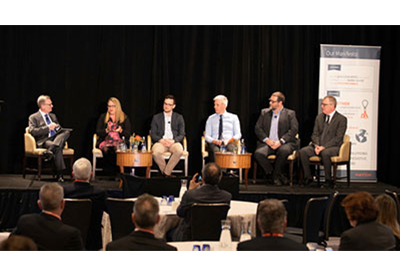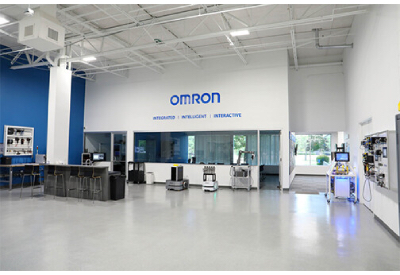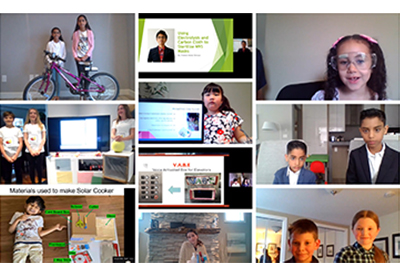Hatch Engages Industry Experts for Discussion on Achieving Life Cycle Value in Digital Project Delivery

March 16, 2020
Technology, and the global journey to digitization, is changing how we operate. It is creating opportunities for improved productivity, quality, and risk reduction. Digital solutions are shaping innovation, creating new business models, and maximizing opportunities, while also helping us to improve our sustainability efforts, protect our employees, and improve our energy efficiency. However, the road to becoming fully digital can be daunting. On March 2, 2020, Hatch hosted “Digital project delivery: achieving life cycle value”—a panel discussion that sought to shed light on the different solutions and challenges facing the mining industry on the journey to digitization.
In his opening remarks, Joe Lombard, Hatch’s global managing director, Metals, acknowledged the heightened awareness of, and interest in, digital opportunities—and the many different views of how those opportunities are impacting organizations. “Digital has an impact across the whole life cycle of the facilities. We lay the foundation for digital technologies during the project phase, but ultimately how we apply those tools in the operational life of the facility is going to be even more significant as we move forward. There’s no silver bullet out there—it’s a journey.”
The event brought together a panel of industry experts to explore how state-of-the-art digital project technologies are delivering value across the entire project and operational life cycles of assets. The discussion, led by Hatch’s Craig Thornton, managing director, Digital, featured the unique perspectives of panelists Anthony Downs, head of digital transformation at Vale; Mike Elliott, head of engineering and digital strategy at BHP; Max Koepcke, senior construction coordinator at Walters Group; and Laura Twigge-Molecey,managing director, Engineering Delivery at Hatch. The discussion covered digital implementation across the asset life cycle—design, engineering, construction, and operations—and included the panelists’ diverse experiences with strategy development, implementation of new technologies, workforce engagement and change management, safety, and the retrofitting of existing operations.
Randy McMeekin, Hatch’s global managing director, Engineering, delivered the keynote address, “Digital project delivery: the continuing journey to maturity, adoption, and realized value of the Digital Twin” to set some context for the discussion. McMeekin reflected that, three years ago, when he gave his first talk on digital project delivery, the presentation was very aspirational. There was not a lot of evidence to support what digital project delivery could be, or what it is. “Things have changed,” said McMeekin, “three years later we have a lot more to bring to this conversation.”
McMeekin reflected on the value streams that were driving Hatch’s efforts towards digital integration three years ago: engineering efficiency, stakeholder collaboration, construction productivity, fast commissioning, and operational excellence through Digital Twin technology. He shared the dimensional framework that was leading this journey and the lessons learned along the way. “We realized that the journey is not linear,” McMeekin explained, “and the life cycle value of digital project delivery is actually a continuous loop.” Data generally starts with projects and is driven into operations as information is gained through the different project phases. And, it does not stop there—as project improvements are made in the field, as sustaining capital projects are completed, as throughput increases are achieved—that data gets driven back into the projects.
In providing recommendations for other organizations embarking on this journey, McMeekin stressed the need for a clear strategy and greater collaboration between owners, engineers, contractors, and vendors to use the data effectively and drive value for projects and operations.
The panel discussion sought to inspire dialogue and encourage this collaboration between different stakeholders. With panelists representing each phase of the facility life cycle, the discussion provided concrete examples of how digital technology is creating real value.
The video of the panel discussion is available here.






